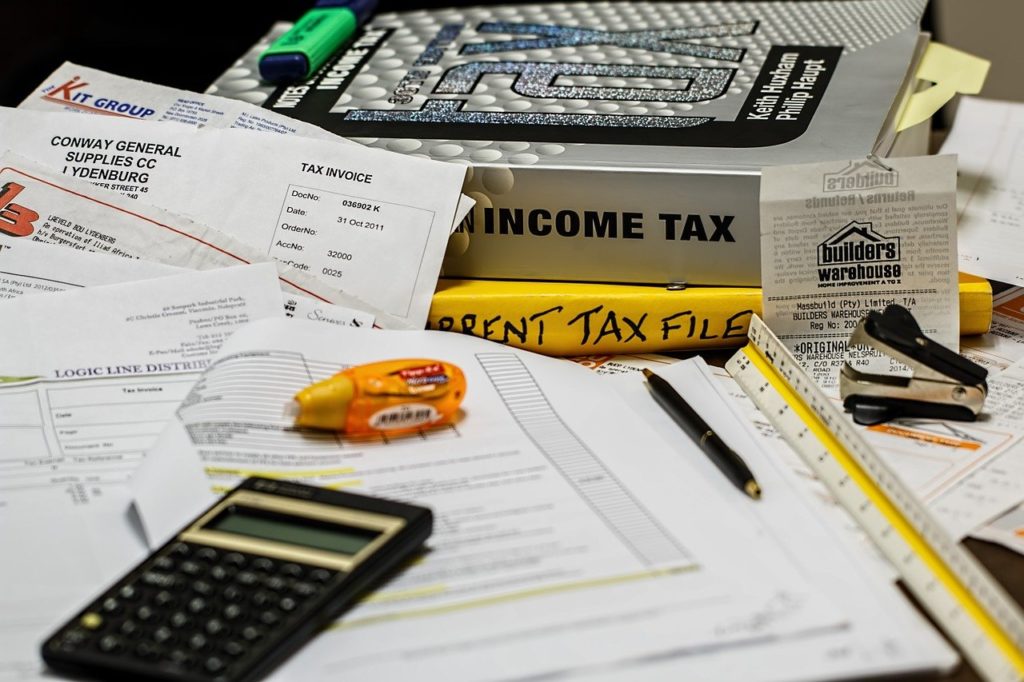


How to maximise your allowances to mitigate your tax before 5th April
Even if you’re on countdown waiting for lockdown restrictions to ease, there’s another deadline looming that should not be forgotten. The end of the current financial year on 5th April 2021 is approaching fast. Spend a little time now on an end of tax year action plan with a financial expert and you could save money.
You are allocated tax-free allowances each financial year in everything from income to savings to pensions to gifts. It makes financial sense to maximise each of these to mitigate your tax and it’s not too late for you to take advantage with an end of year tax year action plan. Read on for reminders about where you might still make savings.
Income tax and Capital Gains
• Make sure you are utilising all your annual personal allowance of £12,500 – which can also be withdrawn from a pension, and remember, where possible, there is the option to transfer unused personal allowance to a spouse.
• The annual Dividend allowance this year of £2,000 means you can receive this in dividend payments from any company you own shares in before any tax is due.
• You pay Capital Gains Tax (CGT) on any profit you make when you sell an asset that has increased in value, such as a second property. You must only pay CGT when your profits exceed your tax-free allowance, which in the case of this year is £12,300.
• Due to the complex nature of taxation of Child Benefit and personal allowances, be aware pension contributions may not always be as tax efficient as they appear. If you are concerned how this may affect you and keen to avoid these ‘traps’ seek expert advice.
HM Revenue and Customs practice and the law relating to taxation are complex and subject to individual circumstances and changes which cannot be foreseen
Individual Savings Accounts (ISA) allowances for the whole family – use it or lose it
• This year the allowance for an adult to invest in an ISA before incurring any tax is £20,000, giving married couples a joint tax-free investment opportunity of £40,000.
• Junior ISAs for children under the age of 18 (if they don’t have a Child Trust Fund) have a £9,000 tax free allowance. And if your child is 16 or 17 years old, they can benefit from two ISA allowances: A Junior AND an Adult resulting in a £29,000 tax free allowance.
An ISA is a medium to long term investment, which aims to increase the value of the money you invest for growth or income or both. The value of your investments and any income from them can fall as well as rise. You may not get back the amount you invested.
Relief and freedom for Pensions
• Remember to maximise the pension contributions you can make this year to receive the full tax relief. Contributions are based on your earnings for the year and capped at £40,000.
• Take advantage of Carry Forward which allows you to pay more than the annual allowance into your pension and still receive the tax relief if you have not used all your allowance from the preceding three tax years.
• Even for non-earners or a children’s pension, there is still an allowance up for grabs; contribute a maximum of £2,880 into a pension scheme to qualify for tax relief to be added to your contributions, bringing your total annual investment up to £3,600.
• Consider utilising partial uncrystallised funds pension lump sum (UFPLS) to withdraw a tax free £16,667; £4167 (25%) being tax free and the remaining £12,500 taken as your personal allowance meaning the total withdrawal incurs zero tax.
• Venture Capital Trusts (VCT) and the Enterprise Investment Scheme (EIS) offer a higher risk investment opportunity offering a range of tax reliefs to investors who purchase new shares in eligible companies. There is also the potential to carry back tax relief from the 2019/20 tax year for EIS investments.
The value of investments and any income from them can fall as well as rise and you may not get back the original amount invested.
Tax concessions are not guaranteed and may change in the future. Tax free means the investor pays no tax.
How to minimise inheritance tax
As part of estate planning, you will want to reduce inheritance tax liability for your beneficiaries and several tax allowances worth consideration can help you do this:
• You are entitled to give away as a gift £3,000 each tax year – and you can carry any unused annual exemption forward to the next year but only for one year.
• In addition, you are permitted an allowance for a wedding gift given on or shortly before the day of the wedding or civil partnership; £5,000 for a gift from a parent, £2,500 from a grandparent or £1,000 from anyone else.
• You can also gift up to £250 per person each year out of your regular income.
• If you are feeling charitable, it is worth remembering any UK registered charitable donations are exempt from inheritance tax.
• Should you wish to make a larger gift, this can be done using a Potentially Exempt Transfer. Providing you are alive seven years after it has been transferred to the recipient, it will not be included within your estate and not liable for inheritance tax.
• When all other tax reliefs are maximised, consider investing in an AIM ISA portfolio which invests in companies that qualify for Business Property Relief (BPR). An investment that qualifies for BPR can be passed on free from inheritance tax upon the death of the investor, but the shares need to have been owned for at least two years at that time.
Tax concessions are not guaranteed and may change in the future. Tax free means the investor pays no tax.
HM Revenue and Customs practice and the law relating to taxation are complex and subject to individual circumstances and changes which cannot be foreseen
For specialist tax advice, please refer to an accountant or tax specialist.
As you can see, there are a myriad of allowances out there just waiting for you to take advantage and there is still time to do this before the 5th April. If it feels a little overwhelming, ask for help.
A financial advisor can work on your behalf to scour the market for the most appropriate solution and the right fit for your individual circumstances whilst providing expert and practical advice to support you in formulating and implementing an end of tax year action plan. We’d love to help you maximise your allowances to mitigate your tax this financial year – do get in touch if you would like to hear more.




